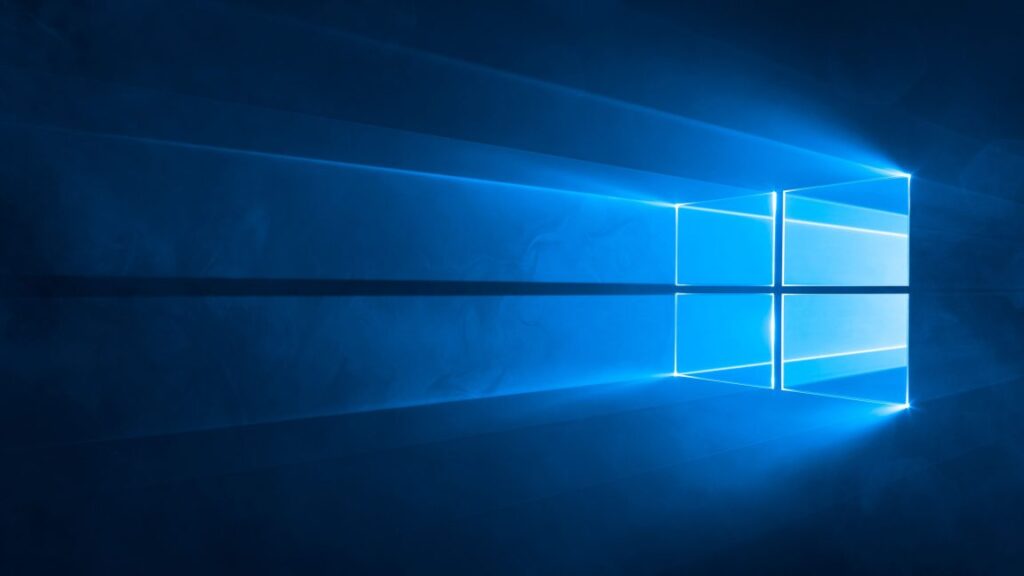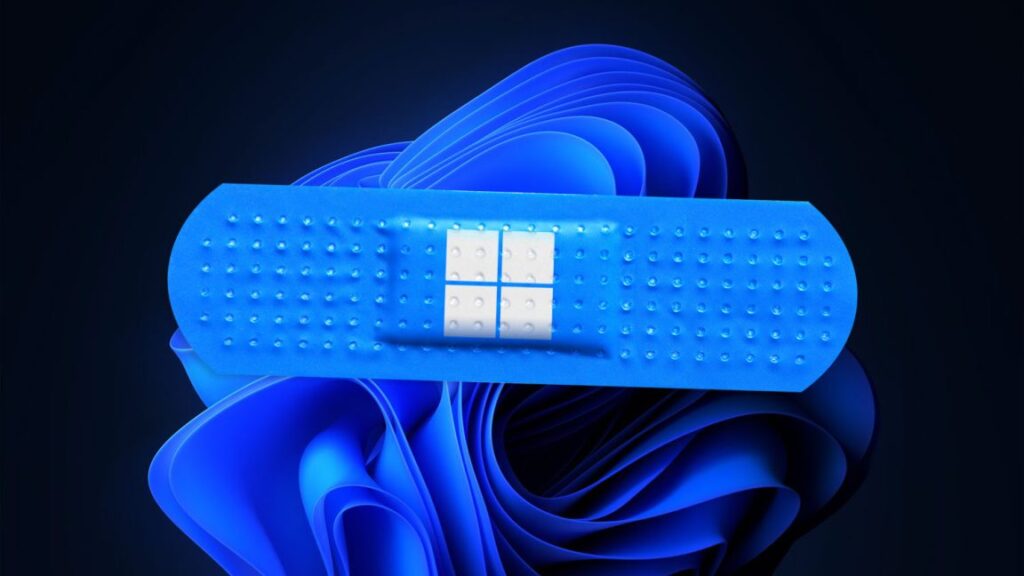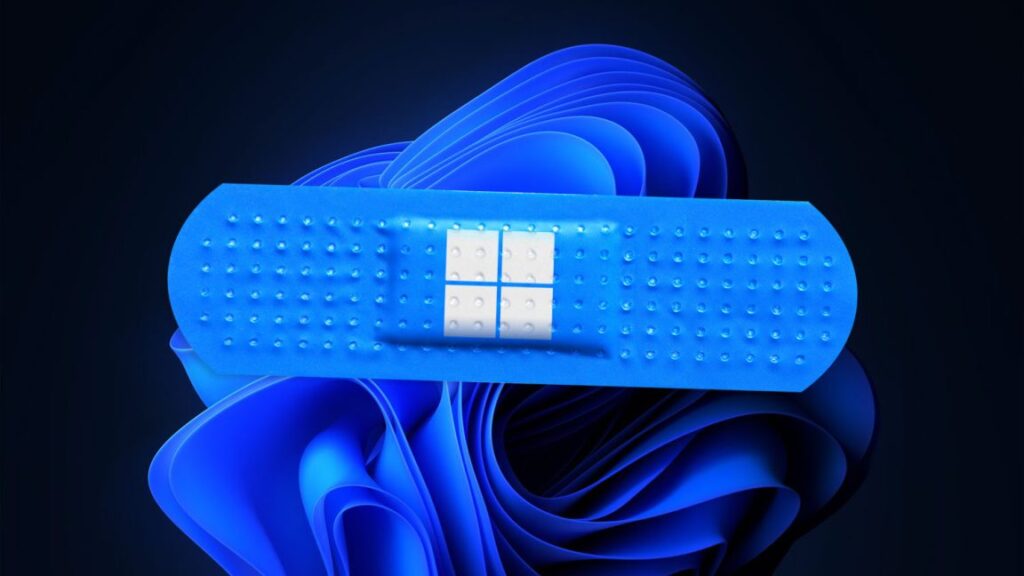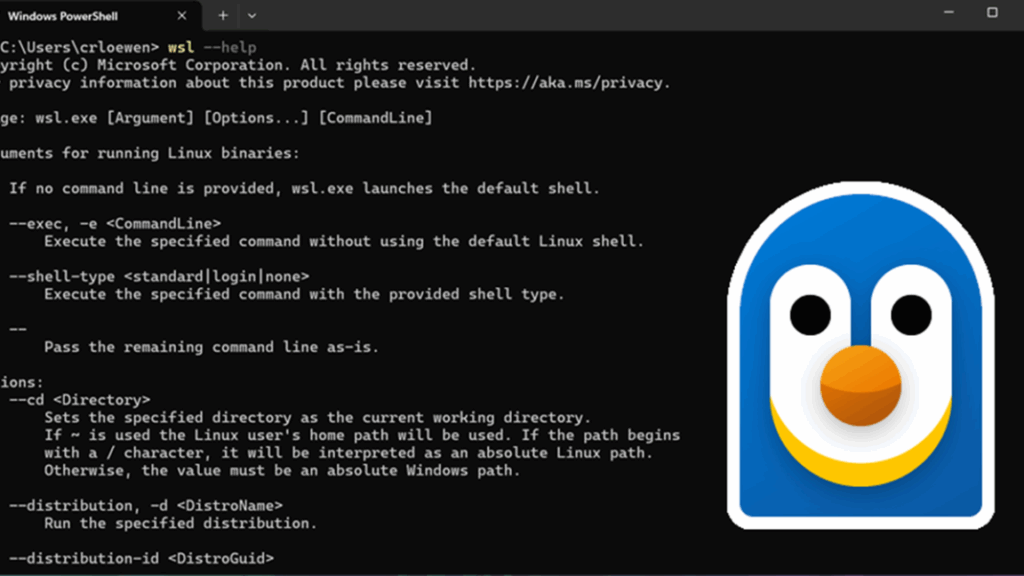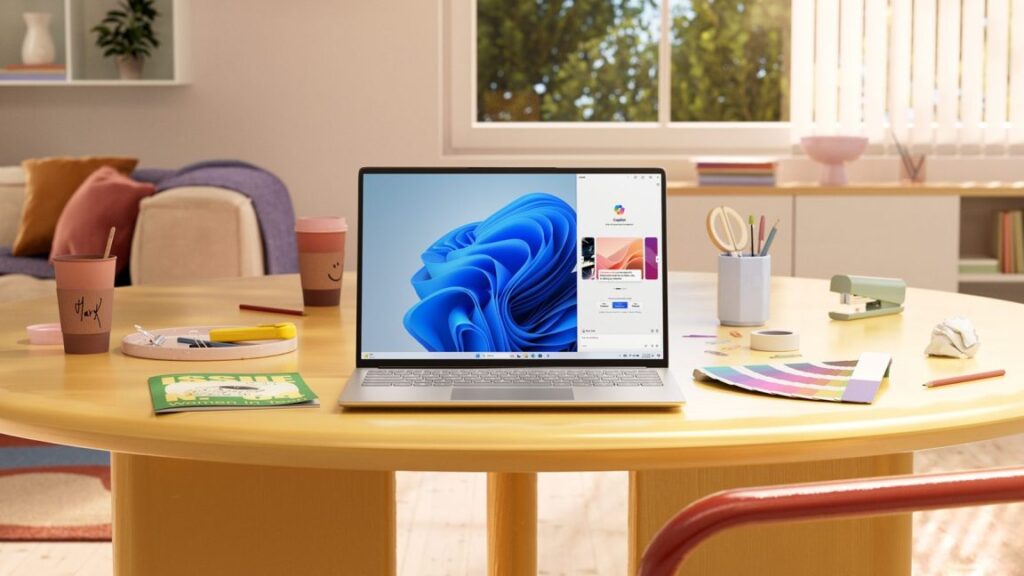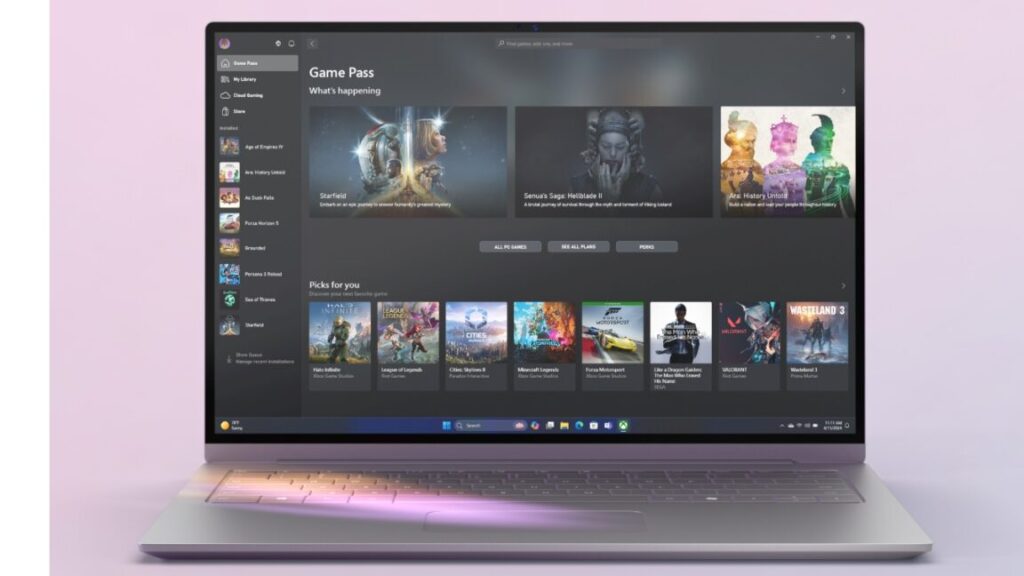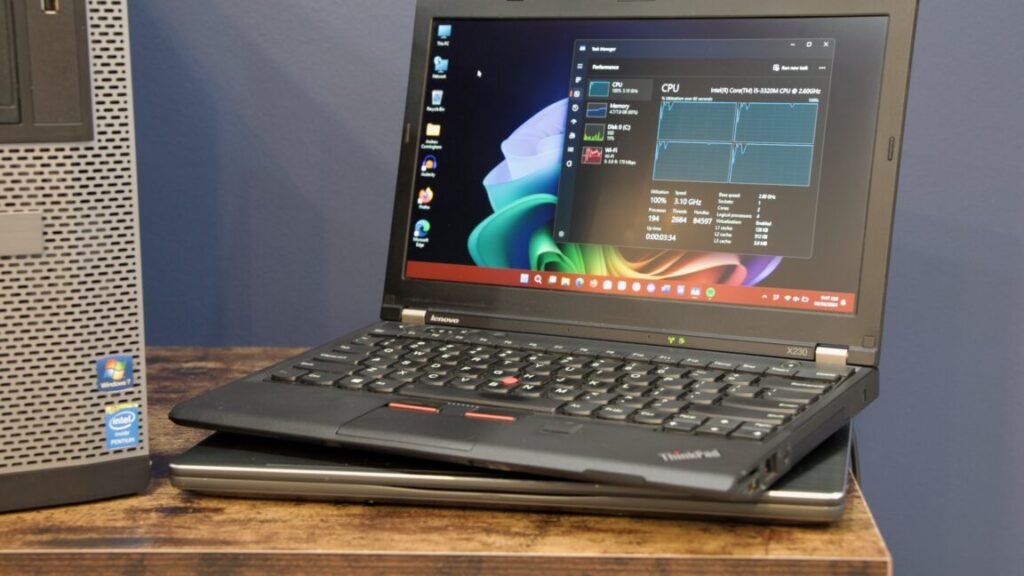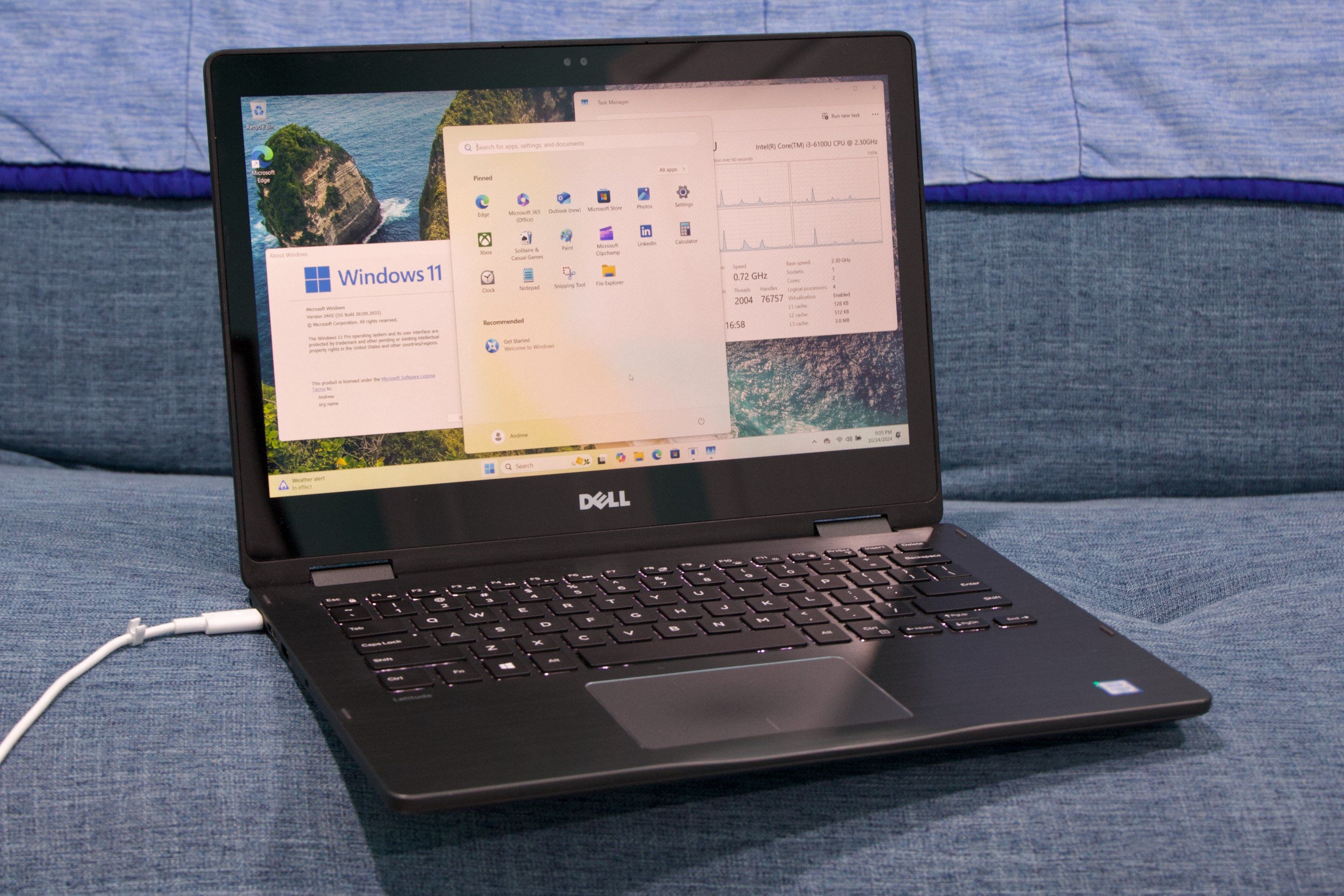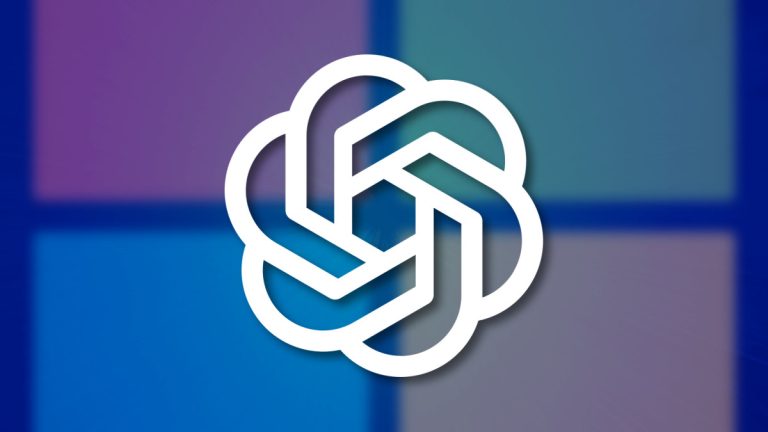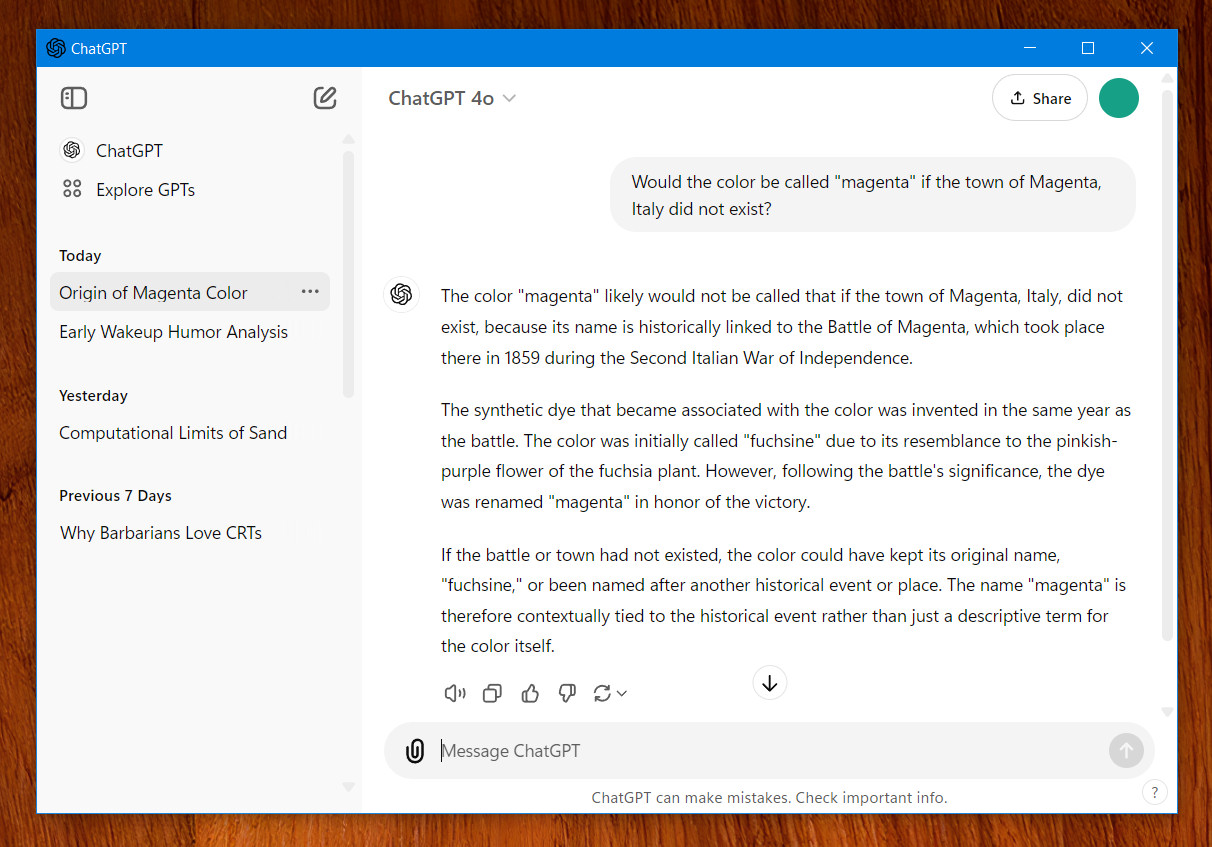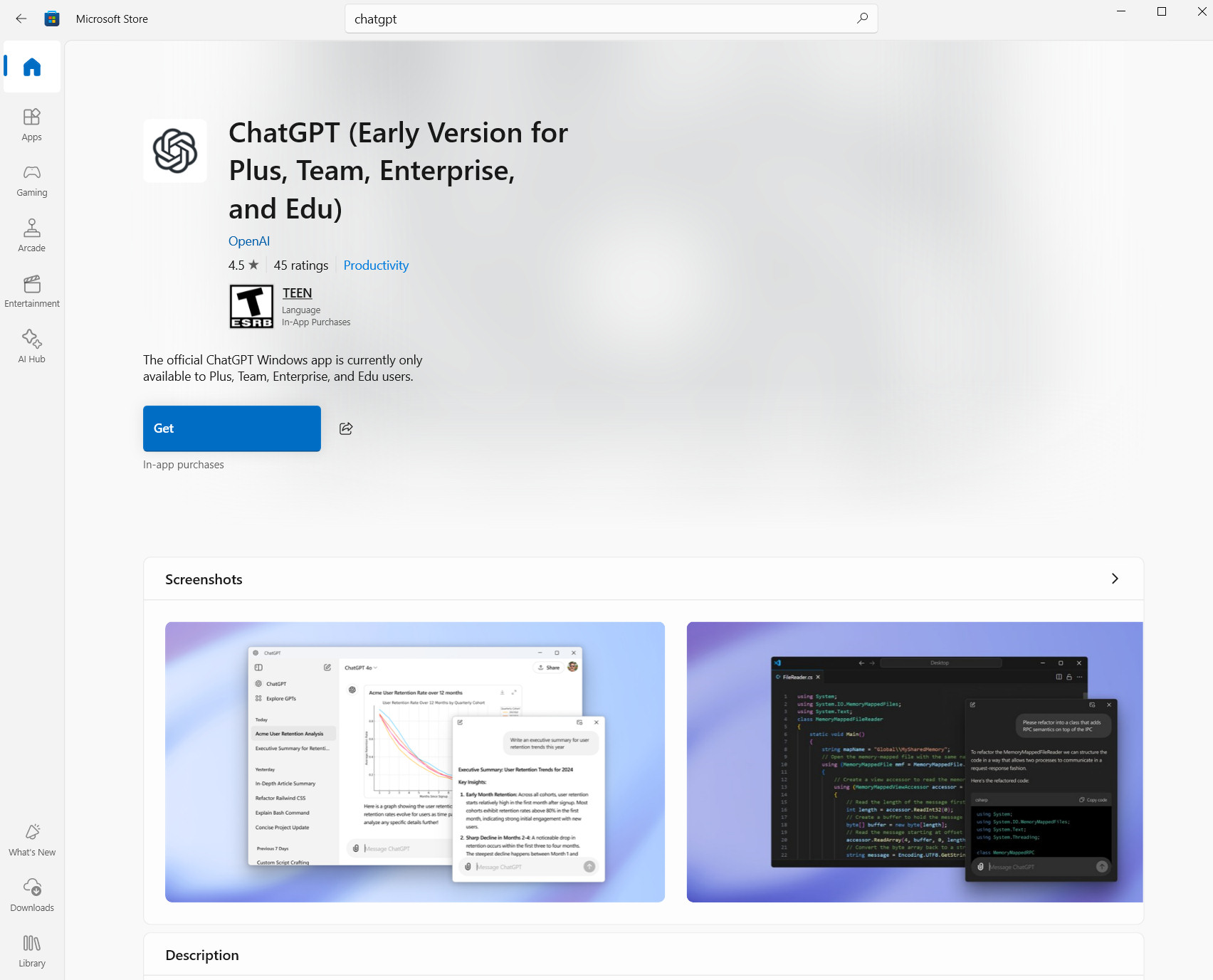Microsoft releases update-fixing update for update-eligible Windows 10 PCs
Officially, Windows 10 died last month, a little over a decade after its initial release. But the old operating system’s enduring popularity has prompted Microsoft to promise between one and three years of Extended Security Updates (ESUs) for many Windows 10 PCs. For individuals with Windows 10 PCs, it’s relatively easy to get an additional year of updates at no cost.
Or at least, it’s supposed to be. Bugs initially identified by Windows Latest were keeping some Windows 10 PCs from successfully enrolling in the ESU program, preventing those PCs from signing up to grab the free updates. And because each Windows 10 PC has to be manually enrolled in the program, a broken enrollment process also meant broken security updates.
To fix the problems, Microsoft released an update for Windows 10 22H2 (KB5071959) this week that both acknowledges and fixes an issue “where the enrollment wizard may fail during enrollment.” It’s being offered to all Windows 10 PCs regardless of whether they’re enrolled in the ESU program “as it resolves an issue that was preventing affected customers from receiving essential security updates.”
Microsoft releases update-fixing update for update-eligible Windows 10 PCs Read More »

